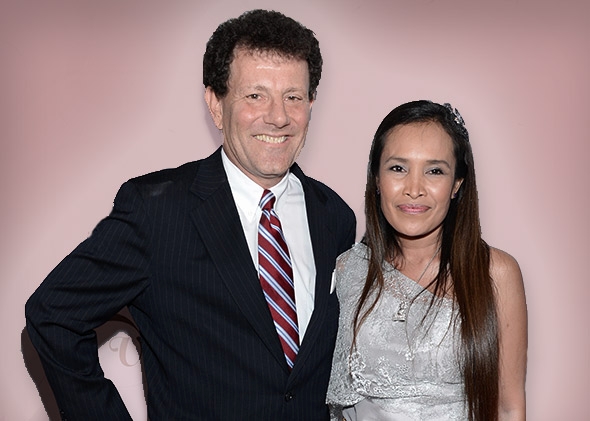Often the evolution of physics is really a rich tapestry of intellectual inquiry, discovery, and creativity that spans millennia and encompasses a diverse array of civilizations, civilizations, and scientific https://www.thejimquisition.com/post/podquisition-episode-199-the-spidered-man heritage. From the ancient civilizations associated with Mesopotamia and Egypt towards the modern laboratories of today, the actual quest to understand the natural globe and unravel its strategies has been a driving force behind people progress and technological improvement. In this article, we trace the actual historical evolution of physics, highlighting key milestones, groundbreaking ideas, and influential stats that have shaped the development of current science from its classical roots.
The origins involving physics can be traced to the dawn of world, where early humans witnessed and sought to explain the actual motion of celestial bodies, the behavior of natural phenomena, and the properties of issue. Ancient civilizations such as the Egyptians, Babylonians, and Greeks made significant contributions to early physics, developing theories and also models to describe the movement of objects, the behavior of fluids, and the structure in the cosmos. The works associated with Greek philosophers such as Aristotle, Pythagoras, and Archimedes laid the foundation for classical physics, providing insights into regular concepts such as motion, force, and energy that would condition the development of science for centuries into the future.
The Renaissance period witnessed a resurgence of interest in the healthy sciences, fueled by developments in mathematics, astronomy, along with experimental techniques. Renaissance thinkers such as Galileo Galilei, Johannes Kepler, and Isaac Newton revolutionized our understanding of the actual physical world, developing math models and laws to go into detail the motion of celeste bodies, the behavior of light, and the dynamics of mechanical programs. Newton’s laws of motion and universal gravitation, produced in his seminal work „Philosophiæ Naturalis Principia Mathematica, “ laid the groundwork with regard to classical mechanics and provided a unifying framework for understanding the motion of items on Earth and in the heavens.
The 19th century viewed a period of profound improve in physics, marked from the emergence of new experimental tactics, theoretical frameworks, and revolutionary ideas that challenged founded paradigms and expanded the actual frontiers of scientific know-how. The advent of electromagnetism, thermodynamics, and the theory of relativity heralded a new era in physics, with pioneering efforts from figures such as Michael jordan Faraday, James Clerk Maxwell, and Albert Einstein. Faraday’s experiments on electromagnetism and also Maxwell’s equations of electromagnetism revolutionized our understanding of electrical energy and magnetism, laying the inspiration for the development of modern electronic devices, communications, and power techniques.
Einstein’s theory of relativity, formulated in his papers on special and general relativity, introduced revolutionary concepts such as spacetime curvature, time dilation, and the equivalence of muscle size and energy, reshaping each of our understanding of space, time, along with gravity. The theory of relativity provided a new framework intended for describing the behavior of things at high speeds including strong gravitational fields, resulting in novel predictions and experimental confirmations that validated Einstein’s revolutionary ideas. The discovery of the photoelectric effect and the formulation of the theory connected with quantum mechanics further revolutionized physics, challenging classical symbole of determinism and causality and laying the footwork for the development of modern dole theory.
The 20th as well as 21st centuries have witnessed unprecedented advances in physics, with groundbreaking discoveries in addition to technological innovations that have transformed each of our understanding of the universe and revolutionized countless aspects of todays modern life. From the discovery of subatomic particles such as the electron, proton, and neutron to the progress quantum field theory, cord theory, and the standard model of particle physics, the quest to unravel the mysteries of the universe has led to remarkable insights into the fundamental laws involving nature and the structure associated with matter and energy.
In summary, the historical evolution regarding physics is a testament into the ingenuity, curiosity, and perseverance of humanity in its quest to understand the natural world as well as unlock its secrets. From your ancient civilizations of antiqueness to the cutting-edge laboratories these days, the development of modern science by classical physics principles is a huge journey of discovery and exploration that continues to motivate and captivate scientists and scholars around the world. Through interdisciplinary relationship, technological innovation, and the relentless run after knowledge, physicists continue to drive the boundaries of human understanding and expand the actual frontiers of scientific inquest into the unknown.




